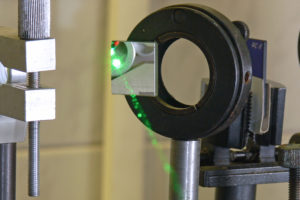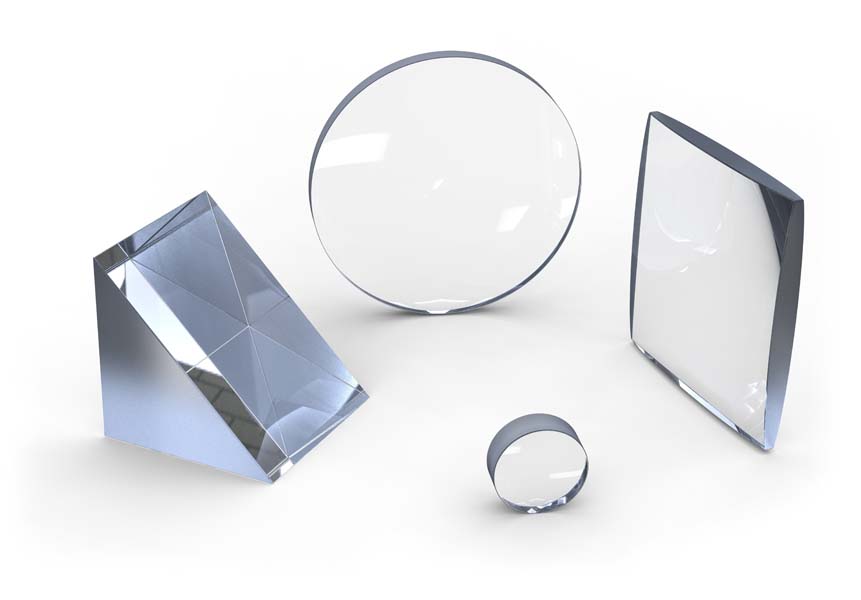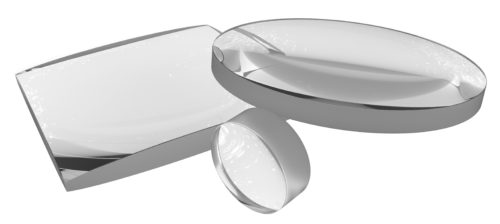Unlocking the Power of Cylindrical Lenses: A Guide to Optical Ingenuity
Created at : Dec 07 2023
Cylindrical lenses, with their distinctive curvature along one axis while maintaining a flat profile in the perpendicular direction, are optical marvels that have found invaluable applications across various fields.
Types of Cylindrical Lenses:
Cylindrical lenses come in different forms, each catering to specific optical needs:
- Plano-Convex or Plano-Concave: Featuring one flat and one curved surface, these lenses are versatile in correcting aberrations.
- Double-Convex or Double-Concave: Both surfaces of these lenses are curved, offering variations in radii and expanding their utility in different optical setups.
Applications Across Industries:
Cylindrical lenses are instrumental in numerous fields, showcasing their adaptability and precision:
- Optical Systems: Correcting astigmatism within optical systems is a primary application, ensuring precise light focus.
- Barcode Scanners: These lenses facilitate efficient one-dimensional barcode scanning by generating a line focus.
- Laser Systems: In laser applications, cylindrical lenses play a pivotal role in shaping beams, providing crucial functionalities such as line or sheet illumination.
Correcting Astigmatism:
One of the standout features of cylindrical optics or cylinder optics is their effectiveness in correcting astigmatism. This optical condition, where the curvature of the eye differs in two perpendicular meridians, finds a solution through the application of these specialized lenses.
Beam Shaping in Laser Systems:
Cylindrical lenses play a key role in laser systems, transforming circular laser beams into lines or sheets. This capability is harnessed in diverse applications, including material processing and laser scanning, showcasing the versatility of these lenses.
Optical Enhancements in Telescopes and Cameras:
Telescopes and cameras benefit from the integration of cylindrical lenses to correct aberrations and enhance overall image quality. The precision offered by these lenses contributes to the clarity and sharpness of visual output in such optical instruments.
Conclusion:
Cylindrical lenses or cylinder optics stand as silent heroes in the realm of optics, revolutionizing how we correct visual distortions, shape laser beams, and enhance the performance of optical systems. Their adaptability across various industries underscores their importance in pushing the boundaries of what is possible in the field of optics. As technology advances, the role of cylindrical lenses is likely to evolve, unlocking new possibilities in research, industry, and everyday applications.

 CUSTOM OPTICAL FILTERS
CUSTOM OPTICAL FILTERS
 OPTICAL WINDOWS
OPTICAL WINDOWS
 OPTICAL COATINGS
OPTICAL COATINGS
 UV OPTICS
UV OPTICS
 CYLINDRICAL OPTICS
CYLINDRICAL OPTICS
 CUSTOM TEMPERED OPTICS
CUSTOM TEMPERED OPTICS
 OPTICAL MIRRORS
OPTICAL MIRRORS
 NEUTRAL DENSITY
NEUTRAL DENSITY
 PRISMS & RETROREFLECTORS
PRISMS & RETROREFLECTORS
 ASSEMBLIES
ASSEMBLIES
 OPTICAL LENSES
OPTICAL LENSES
 NIGHT VISION FILTERS
NIGHT VISION FILTERS
 ACHROMATIC LENSES
ACHROMATIC LENSES
 OPTICAL BEAM SPLITTERS
OPTICAL BEAM SPLITTERS
